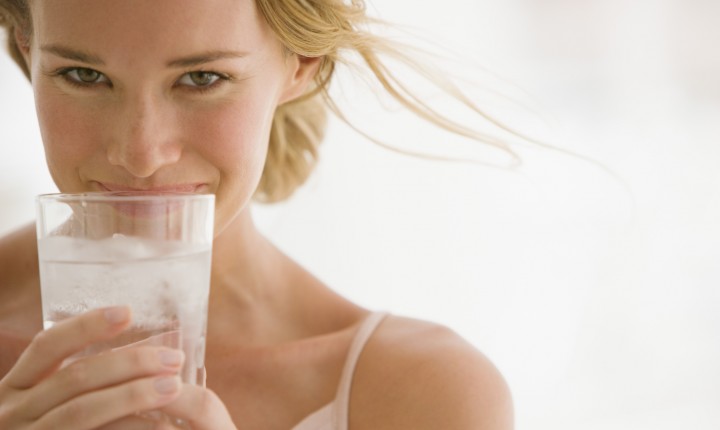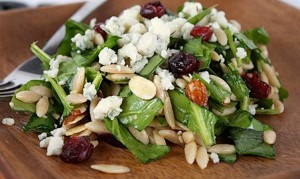While fall months may be upon us, those of us in the southern regions of the US know that summer temperatures are likely to continue for several weeks. In Texas, temperatures continue to soar well into the 90s and with the precedence of the past several warmer-than-normal years looming over our heads, it’s time for a refresher in proper exercise hydration so that our bodies can survive and thrive in the infernal heat.
Risks
Exercising in higher temperatures puts additional stress on the body’s thermoregulatory system, which regulates body temperature (think sweat). Couple the heat with higher humidity in our region and exercisers are at a higher risk for dehydration and heat-related illnesses such as heat edema (temporary swelling of the hands/feet/ankles), heat cramps, heat exhaustion, and heat stroke. In addition to acclimating to the rising temperatures by reducing exercise intensity and taking breaks often, exercisers should hydrate well before, during, and after exercise to prevent heat-related illnesses.

Guidelines
The American College of Sports Medicine (ACSM) and the United States Track and Field Association (USATF) developed the following fluid-intake guidelines.
- 2 hours prior to exercise, drink 17-20 oz
- Every 10-20 minutes of during exercise, drink 7-10 oz (more for excessive sweating)
- Following exercise, drink 16-24 oz for every pound lost
Optimal exercise hydration also consists of following general fluid-intake guidelines on a daily basis so that the body is never in a state of dehydration. The Mayo Clinic recommends the following guidelines.
- For men, approximately 100 ounces or 13 (8-ounce) cups per day
- For women, approximately 75 ounces or 9 (9-ounce) cups per day
 Note these amounts are more than the traditional notion to drink eight 8-oz glasses of water a day.
Note these amounts are more than the traditional notion to drink eight 8-oz glasses of water a day.
Per the Mayo Clinic, drinks consisting mostly of water (i.e. milk, juice, coffee, tea) count toward your goal as long as caffeinated or alcoholic beverages don’t count for the majority of your intake.
Many exercises also wonder if there is a need for sports drinks to replace lost nutrients during sweaty workout sessions. However, for most people, water is the best defense at fending off dehydration and heat illness while exercising outdoors during the summer or in warmer temperatures. According to the American Council on Exercise (ACE), there is usually no need for sports drinks containing additional electrolytes, sodium, or carbohydrates unless the exercise session lasts more than two hours.
Symptoms to Watch For
 Recognizing and responding to the signs of dehydration is the best way to prevent individuals from suffering more serious heat illnesses. The main symptom of dehydration, and one of the most under-recognized, is the feeling of thirst. An exerciser should drink when he or she is thirsty, even when fluid-intake amounts go above the guidelines presented. Severely dehydrated athletes can have impaired performance, uncoordinated movement, muscular weakness, and may experience heat syncope, which is sudden dizziness while exercising in the heat. If these symptoms are noticed, try to get the affected person to a shaded area, give them fluids, and place cool towels on their body.
Recognizing and responding to the signs of dehydration is the best way to prevent individuals from suffering more serious heat illnesses. The main symptom of dehydration, and one of the most under-recognized, is the feeling of thirst. An exerciser should drink when he or she is thirsty, even when fluid-intake amounts go above the guidelines presented. Severely dehydrated athletes can have impaired performance, uncoordinated movement, muscular weakness, and may experience heat syncope, which is sudden dizziness while exercising in the heat. If these symptoms are noticed, try to get the affected person to a shaded area, give them fluids, and place cool towels on their body.
Medications and certain medical conditions can also affect water loss and fluid-intake needs. Check with your healthcare provider if you have questions about specific conditions.
This time in Texas gives sun lovers ample opportunity to enjoy the great outdoors. Follow the hydration guidelines presented when preparing for outdoor exercise and you are likely to avoid the effects of heat illness and make your outdoor exercise much more comfortable.
Related Posts
« Entertainment: 2014 Fall Television Preview The Release of Our Third Orphan Bourbon: Rhetoric »










